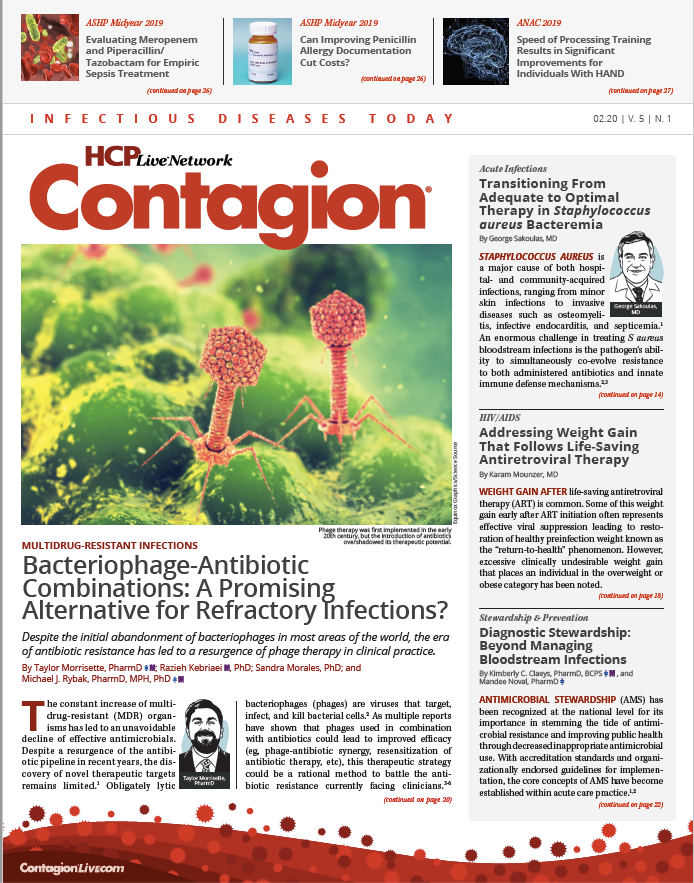Can Improving Penicillin Allergy Documentation Cut Costs?
A team of pharmacists at Baptist Hospital reported that improving penicillin allergy documentation and increasing the use of β-lactams had potential cost savings of $21,468 over a 3-month period.
Penicillin allergies are the most commonly reported β-lactam allergy, yet true allergies are rare with the estimated frequency of anaphylaxis less than 0.05% in the general population.
It has been hypothesized that the high rate of reported penicillin allergies could be attributable to inaccurate allergy documentation. In patients with reported penicillin allergies, β-lactam antibiotics are typically avoided despite minimal cross-reactivity.
A team of pharmacists at Baptist Hospital set out to evaluate the impact of a pharmacy-driven allergy assessment on improving allergy documentation and decreasing the use of non- β-lactam alternatives in patients with reported penicillin allergies. Their findings were presented in a poster session at the American Society of Health-Systems Pharmacists (ASHP) Midyear Clinical Meeting.
The study included patients who were admitted to the hospital with a reported penicillin allergy between February 6 and April 30, 2019. Patients who met inclusion criteria were interviewed about their allergy history to improve documentation and optimize antibiotic selection. Investigators also evaluated medical records to assess prior tolerance of β-lactam antibiotics.
The study team recommended treatment with a β-lactam antibiotic for patients with mild-to-moderate penicillin allergies and/or patients with prior tolerance of β-lactam antibiotics.
The primary end point was the number of patients with a reported penicillin allergy who switched to treatment with a β-lactam antibiotic. Investigators also looked at the cost of therapy recommended by the pharmacist compared with the agent initially selected by the prescriber, as well as prescribing trends before and after the allergy assessment and adverse events.
"Working together, pharmacists and other medical professionals can find alternatives that work for some patients. A multi-disciplinary approach is key to optimizing therapy in patients with a reported penicillin allergy," Rita Chamoun, PharmD, clinical staff pharmacist at Baptist Hospital of Miami and lead author of the study, said in a statement.
In total, 63 patients met inclusion criteria and 43 of these individuals were switched from a non-β-lactam antibiotic to a β-lactam antibiotic. The investigators noted that prior β-lactam use was confirmed in 57% of patients and allergy documentation was updated in 83% of patients.
The study authors also write that over a 3-month period a potential cost savings of $21,468 was estimated.
“Conducting a pharmacy-driven allergy assessment led to improved allergy documentation, increased use of β-lactam antibiotics and associated cost savings for patients with a reported penicillin allergy,” the authors concluded.
The abstract, Improving penicillin allergy documentation and its effect on antibiotic prescribing at a community hospital, was presented in a poster session on Monday, December 9, 2019, at ASHP Midyear in Las Vegas, Nevada.

